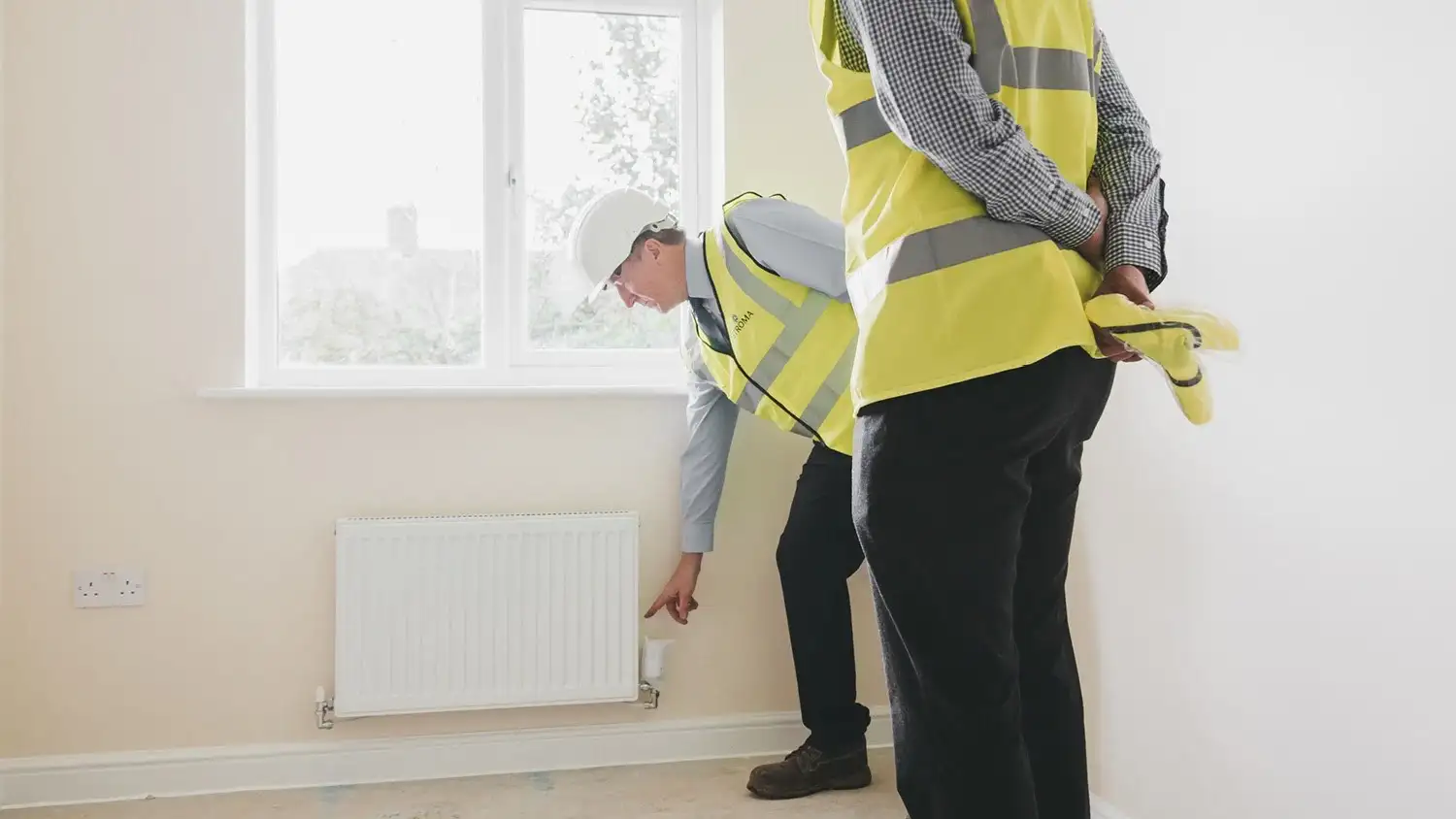Snagging in construction is a common slang expression that may have different meanings. It ensures that the property meets the required standards and specs. Plus, the major purpose is to keep the construction project safe and functional from the initial phase to the final phase. There is a list of all the defects that need instant attention. However, this list guides contractors to address all the issues before the project is fully completed!
To achieve the results, it is important to perform a comprehensive audit. But you have to be very careful because of various factors. It can be Identification of Defects, Documentation of Defects, Rectification Process, Verification and Approval, and Final Handover.
Now, let us show you a detailed evaluation of snagging in construction projects:
THIS GUIDE IS ALL ABOUT UNDERSTANDING SNAGGING IN CONSTRUCTION PROJECTS AND HOW YOU MUST CHECK ALL THE DETAILS BEFORE TIME TO PREVENT DELAYS AND OVER-BUDGETING!
When is a Snagging List Created?
The snagging list is created when the project is in a phase of completion or before the completion certificate is issued! However, a snagging inspection individual or team check of ongoing things during the final stages of the job.
Once all the issues are resolved, the team again checks everything to make sure everything is in place!
Types of snags in construction projects
While the project is completed, certain small snags or issues can arise. It may be small, just take an example of a minor scratch on a wall or door, a broken tile, or paint splashes. But, do not take them too easily because these snags can combine to make a bigger problem, like delays in completing the project.
But in some cases, snags are quite serious, such as plumbing or electrical systems, or damage. However, the damage to these most important parts of the building can cause rework, and the owner needs more budget to complete the project.
Let’s discuss the most common snagging in construction:
- Cracks in walls or the outside of buildings caused by movement, poor materials, or wrong construction methods
- Smoke or carbon dioxide detectors that don’t work
- Underground pipes or cables installed incorrectly can cause leaks or problems with things like the internet, water, or electricity
- Design mistakes – these don’t happen often, but when they do, they can range from small fixes to big changes in the building’s layout
Why Snagging Is Important?
Quality Assurance
Snagging in construction is important to keep quality checks at every stage of the project. The contractors have to make sure that all the project work aligns with quality standards and is free of any defects!
Client Satisfaction
When everything is on point and works well, the client has utmost trust in the contractor or the builders. However, this makes sure that the client receives a flawless result.
Contract Compliance
Construction contracts often consist of snagging clauses and timelines for defect correction.
Removes disputes
Well, before the final handover, the construction disputes are removed with the help of the snagging process.
List of snagging items
The following are the snagging items or defects that need instant action for a smooth project execution:
- Cracked tiles
- Uneven flooring
- Poor paint finish
- Misaligned doors
- Stiff or loose door hinges
- Gaps around window frames
- Scratched glass
- Missing sealant
- Incomplete grouting
- Loose electrical sockets
- Flickering lights
- Non-functioning switches
- Leaking taps
- Poor water pressure
- Blocked drains
- Incomplete plastering
- Damaged skirting boards
- Loose handrails
- Uneven stairs
- Incomplete insulation
- Faulty HVAC vents
- Damaged countertops
- Misaligned kitchen cabinets
- Broken drawer handles
- Loose bathroom fittings
- Incorrect appliance installation
- Poorly fitted carpet
- Wall cracks
- Ceiling stains
- Inconsistent paint color
- Exposed wiring
- Poorly aligned tiles
- Unpainted areas
- Incorrect door locks
- Squeaky floorboards
- Loose external fixtures
- Inadequate drainage around the site
- Damaged exterior cladding
- Incomplete landscaping
- Debris not cleared from the site
Best Practices for Snagging in Construction Projects
- Start early before the completion project time and analyze all the finishes to lower any last-minute contingencies.
- Be prepared with a checklist and dig into everything from trade to trade.
- Get visible evidence in the form of pictures and videos of all construction snags.
- Include description, location, priority level, and responsible party in the snag list.
- Once everything is solved, make sure to recheck all the details again.
- Use advanced software to keep track of all the project snags and prevent delays and budget overruns!
Final words!
To sum it up, snagging in construction is the best approach to manage all the differences between a successful project delivery and a failed project. Well, it is recommended to seek professional help to handle all the snags. Not only at the end of the project, start evaluation in the early phase of the project.

